Why Plastic Free Is The New Cool | Reducing Plastic Pollution
Our plastic use and plastic pollution generally have been bothering me for a long time. We were taking small steps to become plastic-free but I didn’t feel it was enough. I was also feeling a lack of knowledge on the topic, and when you start reading about plastic online, I’m telling you it’s actually pretty scary. Now I know more about the topic, it’s pretty clear to me that more action needs to be taken.
You only had to look in our bathroom to realise more change was needed. With plastic bottles for shampoo, conditioner, shower gel etc passing through our bathroom at quite a rate, I knew more had to be done. Single-use plastic is a huge problem for the environment and of course the planet and the more we can do to reduce using it the better. This has been the week of big changes for us, and there’s definitely more to come.
Why is Single-Use Plastic a Problem
Just like me, you are probably putting your single-use plastic in your recycling, so what’s the problem? For years I thought we were doing our bit, but it turns out that isn’t quite the case.
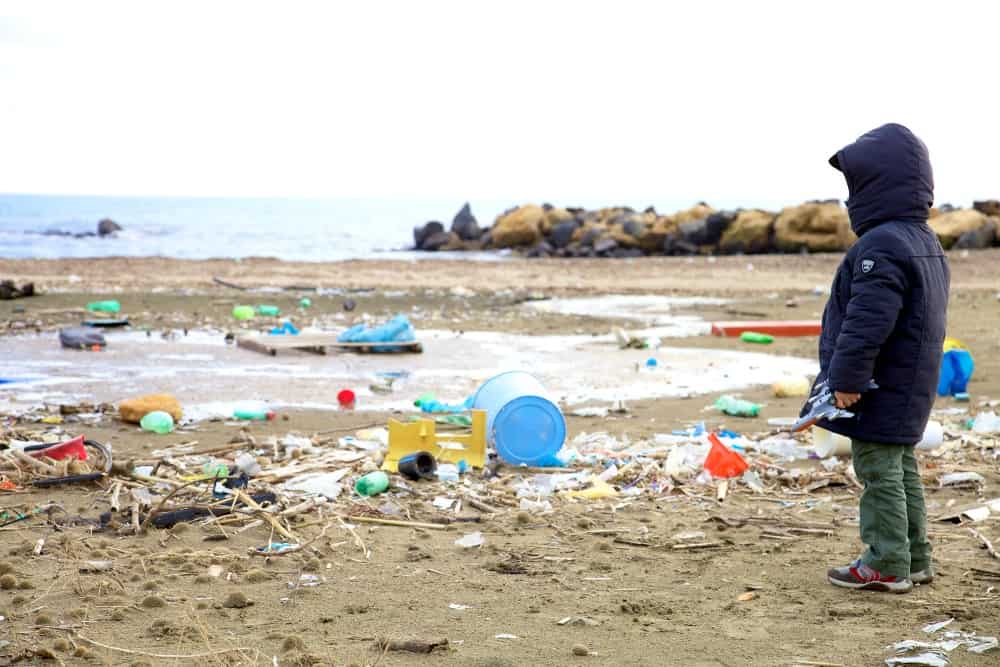
Well, some single-use plastic can’t be recycled easily. We’ve all realised that plastic bags are a problem, but there’s also plastic wrapping and straws. Most of us have reduced the amount of plastic bags we use, which is great. That 5p plastic bag charge made a huge impact, but perhaps plastic bags need to be banned altogether? What do you think? Perhaps some of these figures will help you decide.
Worldwide around 300 million tons of plastic is produced each year, yet only 13% maximum of it is recycled! Personally, I find that quite shocking. All that plastic has to go somewhere, whether it’s landfill, or into the sea. It does not biodegrade but it does breakdown into smaller microplastic which is harmful to us, the oceans and of course the planet as a whole.
When plastic breaks down into microplastic it releases harmful toxic chemicals. The chemicals that were used to harden and shape the plastic in the first place. These chemicals are entering our water and food and in all honesty, they aren’t great for us.
Sometimes referred to as environmental estrogen, the body confuses it for the female hormone and this can create problems for our biology. Medical research so far has suggested there could be a link between cancer, behaviour and sexual function/maturation. It could also go way beyond this the more that we uncover.
Even though we are recycling more plastic in the home, unfortunately, it’s still not an easy product to recycle. New materials have to be added to it and a plastic bottle for example probably won’t become a plastic bottle again. It’s still not efficient and the benefits for the environment are probably not as great as we think.
The other problem with plastic is that it is really harmful to animals, wildlife and ocean life. The amount of microplastic in the sea is increasing and the fish are eating it. If we eat fish, we are eating microplastic too. The chemicals released by microplastics are being found in our systems, and the implications, all though not fully understood, are most certainly going to be harmful to health.
Experts predict that there will be more plastic in the sea than fish by 2050. How on earth can we let that happen? The equivalent of one bin truck full of plastic is making it’s way into the sea every single minute. It’s a problem we really need to fix. The disturbing thing is the plastic industry will increase by 40% in the next decade! Another report by The Guardian suggests that a million plastic bottles are bought around the world every minute!
How can this be allowed to continue? Why isn’t the government and manufacturers taking more action to find sustainable alternatives? Because money is more important than the planet? But without a planet, there is no money, and no people to buy the things that are being manufactured. There is a greed and lack of foresight at the highest levels of society that is destroying the planet for future generations and it has to stop.
When Did Things Change For Us
I have to confess that until very recently we were using as much plastic as the next person, so what changed? There have been a few events that have pushed us down this path, and in all honestly, I’m so pleased they happened.
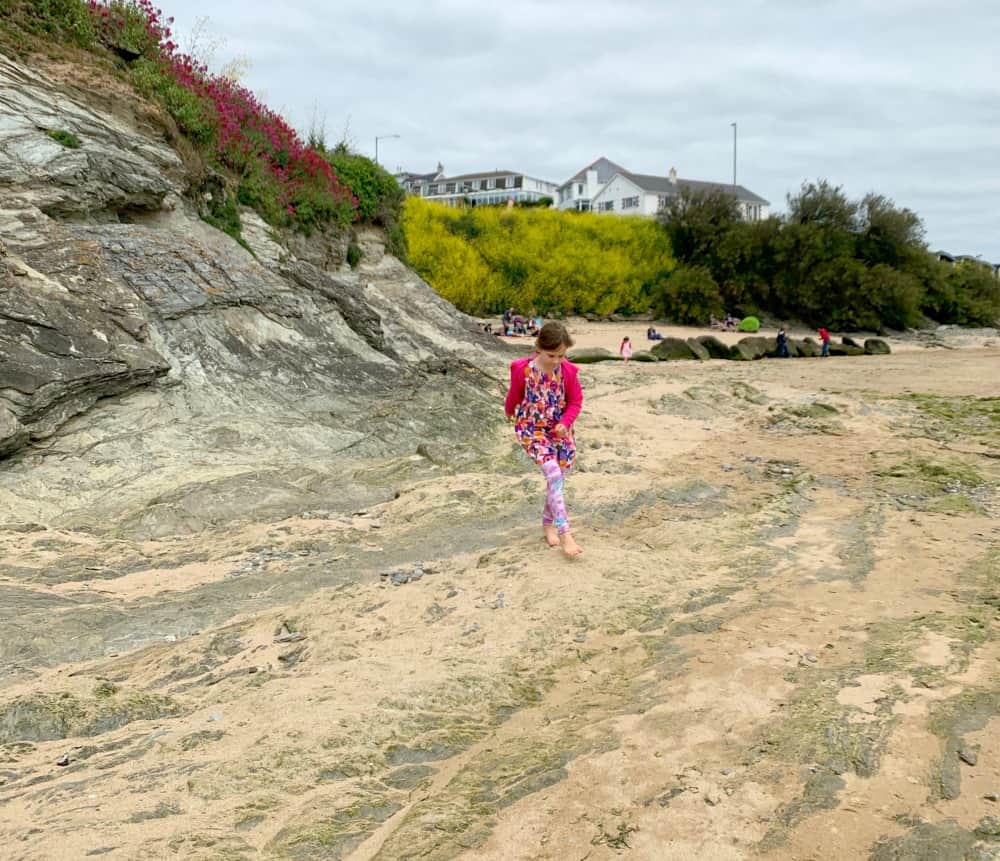
There’s been a real shift in our thinking, and as a family, we are striving to reduce the number of plastics in our home. In all our recent decision making we have prioritised the impact our choices have on the environment. When you put that concept first, it’s much easier to move towards a plastic-free life.
When we were on holiday in Cornwall earlier this year, Indie and I spent some time picking up plastic from Porth Beach. Now at first glance, Porth Beach looks like a really clean beach and compared to others it is. We started looking for rubbish and plastic and we were shocked by what we found.
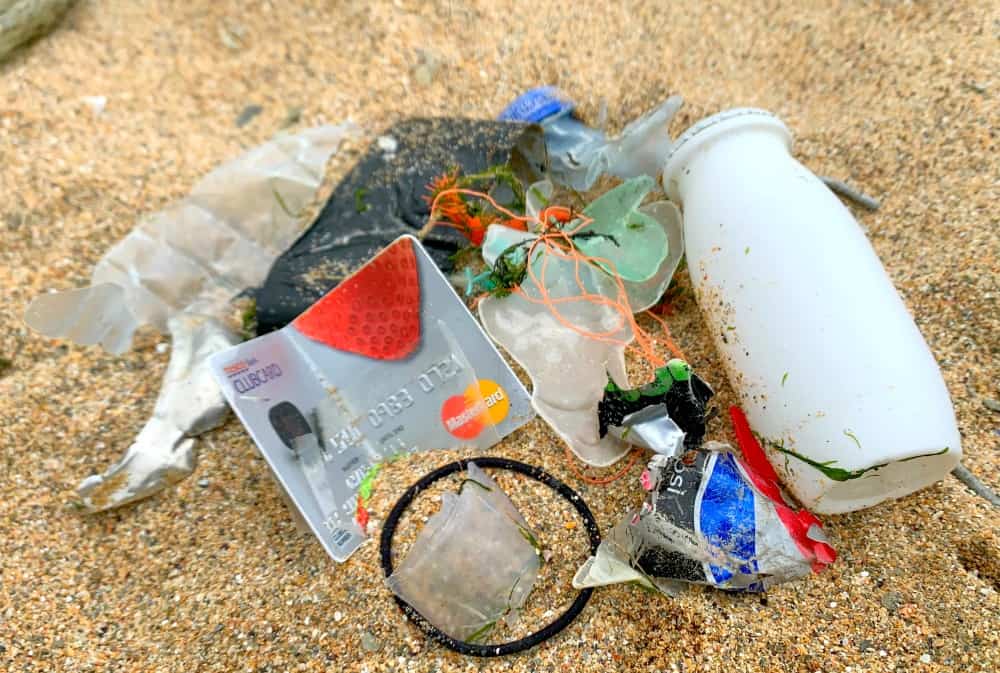
There were bits of fishing net, plastic string, an actimel bottle with a use-by date of 2004 and a credit card from 2014. These last two items were completely intact because as we already know plastic does not biodegrade back into the earth. In fact, most, if not all plastic will be around longer than you or I both alive and dead. I would challenge you also to pick up some litter when you are on the beach, it’s really eye-opening and is a great way to begin reducing plastic pollution.
Last term my daughters’ school held a 2 week Eco event to raise awareness of the importance of saving the planet. This 2 week event had a real impact on my children. Brook wants to pick up every piece of litter she shes, which is awesome, but also not always safe or practical for her to do. When she sees litter it makes her sad and she talks about the harm it does to the wildlife. Both my children are now very aware of single-use plastic and it’s a great time for us to start making these lifestyle changes.
Finally, a zero-waste shop, The Good Weigh, has opened up where we live so we can make a number of changes very quickly to reduce the amount of plastic in our home. The kids think it’s fun going and filling up our containers with body wash, chocolate buttons, raisins or whatever else we decide to buy that day.
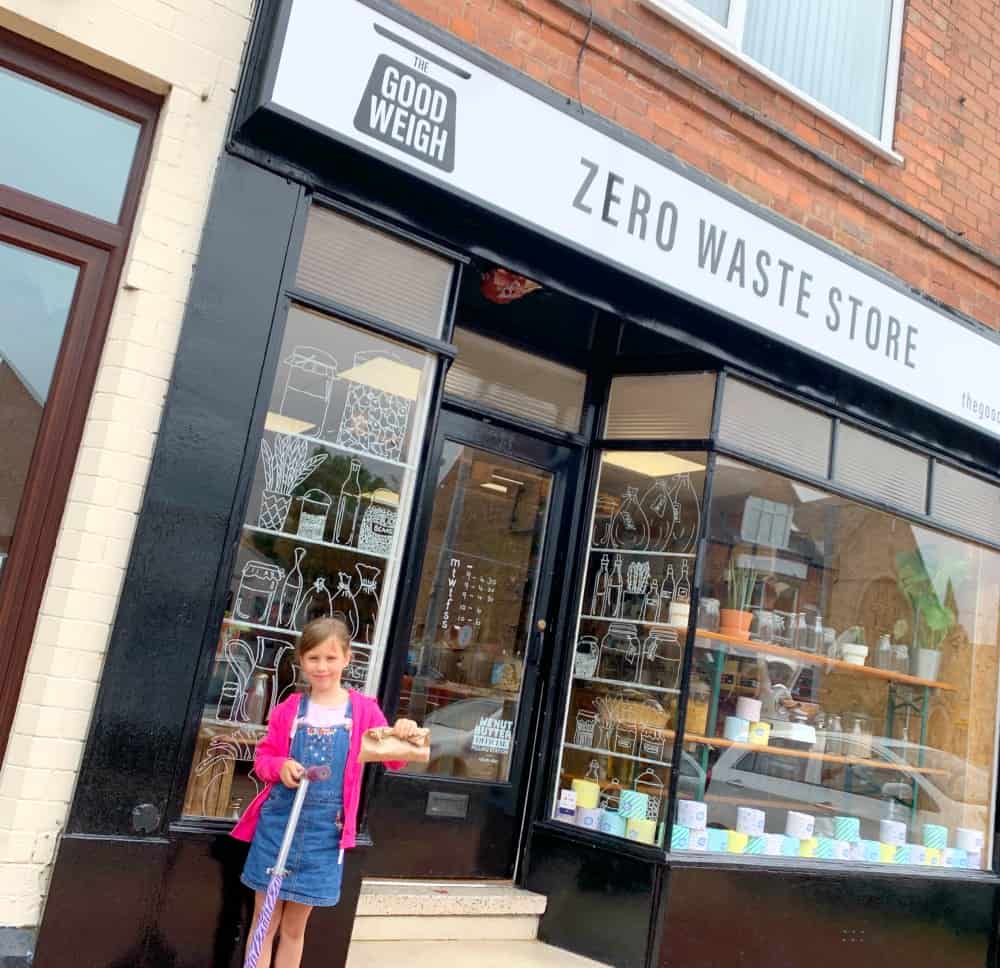
As we empty plastic bottles for things like shampoo, conditioner and fabric conditioner we’ll be refilling them at the zero-waste store. It’s amazing to have this choice available to us and we are super keen to support a local small business that helps to reduce the amount of plastic we use at home.
The nail in the coffin for plastic in our home was when we visited the Seville Aquarium on our recent holiday to Spain. They have some excellent educational exhibits about the impact of plastics on the sea and ocean life.
One thing that really stuck with me was that a sea turtle cannot tell the difference between a plastic bag floating in the sea and a jellyfish. It could try to eat it or get caught in it. Either of these scenarios is potentially fatal for the sea turtle. They, of course, are not the only ocean life affected by this.
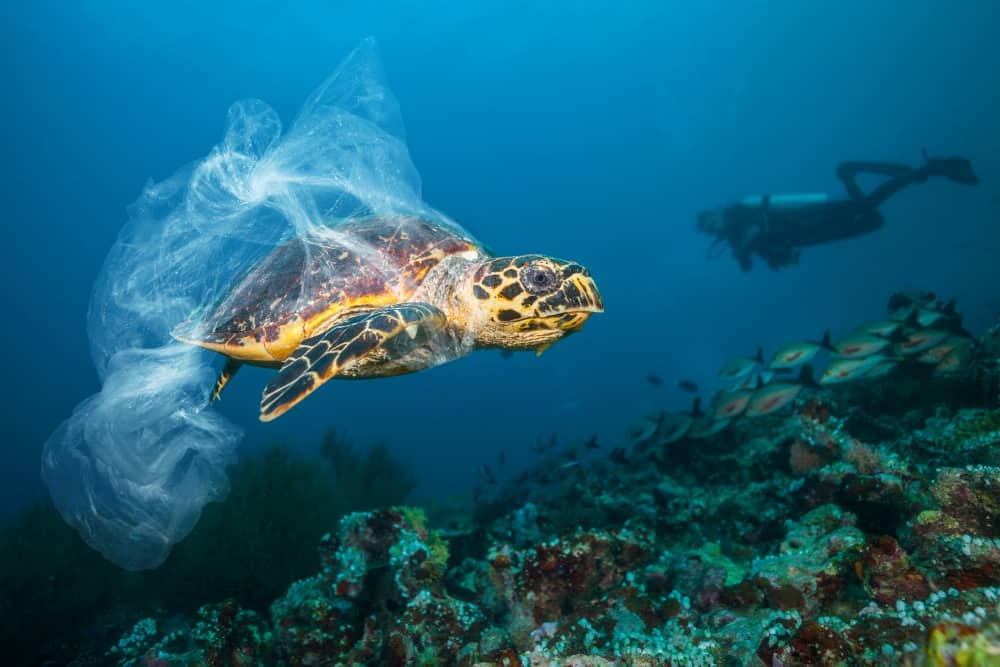
Doing Our Bit For Plastic Pollution
One thing that has really hit home is how much everything is driven by consumerism, and while we are driven by the need to have stuff we will continue to harm the planet. Our mindset has changed from wanting to buy things almost for the sake of it, to wanting to reduce plastic pollution and reduce the effect it has on the planet. Once that shift in thinking happens, then a zero waste journey is entirely possible.
As a consumer, I feel it’s my responsibility to decide how I spend my money, and if I keep buying items that use plastic packaging I’m not helping the planet. I’m not sending a message to businesses and manufacturers that I want plastic-free alternatives that don’t harm the planet.
Changes are being made, but it’s not happening fast enough. If we as consumers don’t send a strong message to the government and manufacturers that the amount of plastic being used and created is not OK, then the change will be slow. The sad reality is that some governments and businesses will put the economy and profits before going plastic-free.
I’ve come to realise that because of the amount of plastic in the sea and the growing problem of plastic pollution, that looking for plastic alternatives has to be the new cool. For us, it will be taking preference over buying the lastest product or most convenient product. We will make our decisions based on what we need to have and if we can find a plastic-free or zero waste version of it we will buy that instead. I believe that reducing our plastic waste is the only way we are going to make any real impact on this issue.
This week has been about getting started with going plastic-free. We are sorry that we are late to this particular party, but always better late than never, right?
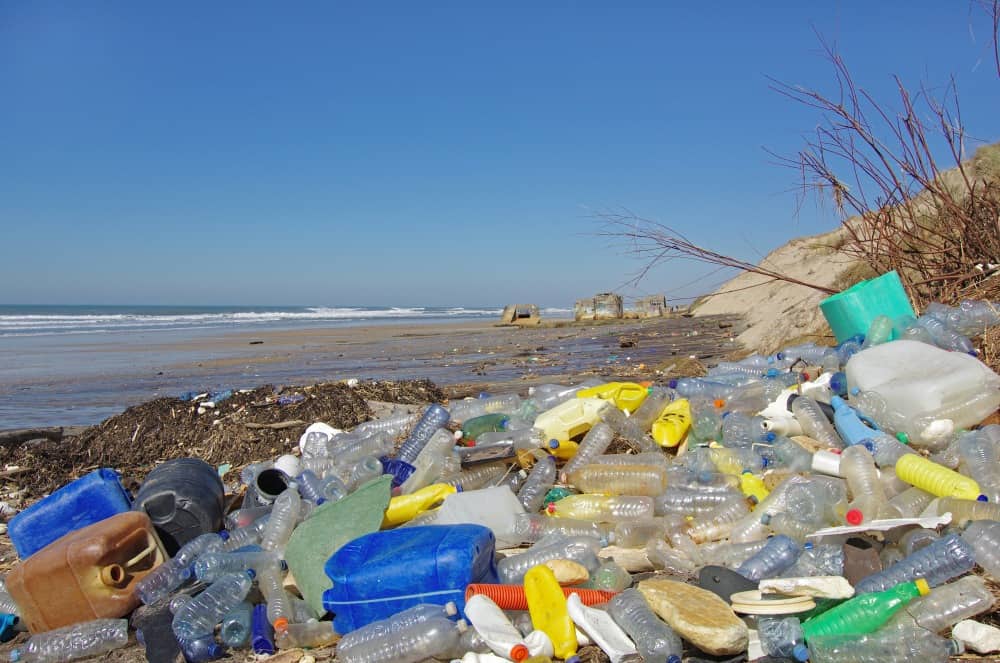
If you are wondering what changes you can make straight away, I’d recommend looking up your nearest zero waste shop and seeing what swaps you can make by shopping differently. We have bought metal straws as we found that, especially on holiday, there was still a lot of plastic straws in the cafes and restaurants we went to, so we need to have an alternative ready for the girls who do like to have a drink with a straw.
We will move towards not using plastic bags 100% of the time, and there will be no buying fruit and veg wrapped in plastic. We will only drink water from our refillable steel water bottles, and plastic coffee cups are out completely as we have alternatives we can use. Disposable wipes are also out in favour of reusable alternatives.
I can’t say that we will be able to be 100% plastic-free, as I can already see some challenges ahead in this journey, but we are committed to this zero waste journey we have started. We will work on embedding the changes we have made, and building on them going forward. I’ll write a separate post about how to go plastic-free when we have a few more changes under our belt, but in the meantime, if you would like to help us on this journey please do leave your plastic-free ideas in the comments below.
If you found this post helpful, inspiring, or just want to help spread the word about plastic pollution and plastic-free living, please do share this post with your friends and followers.
Discover more from Zena's Suitcase
Subscribe to get the latest posts sent to your email.
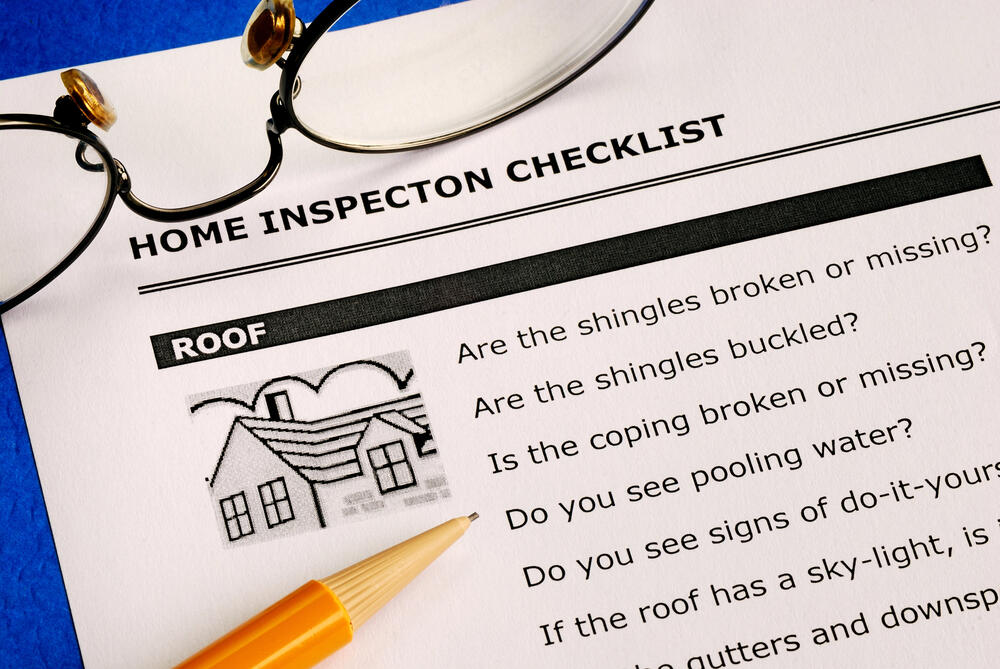
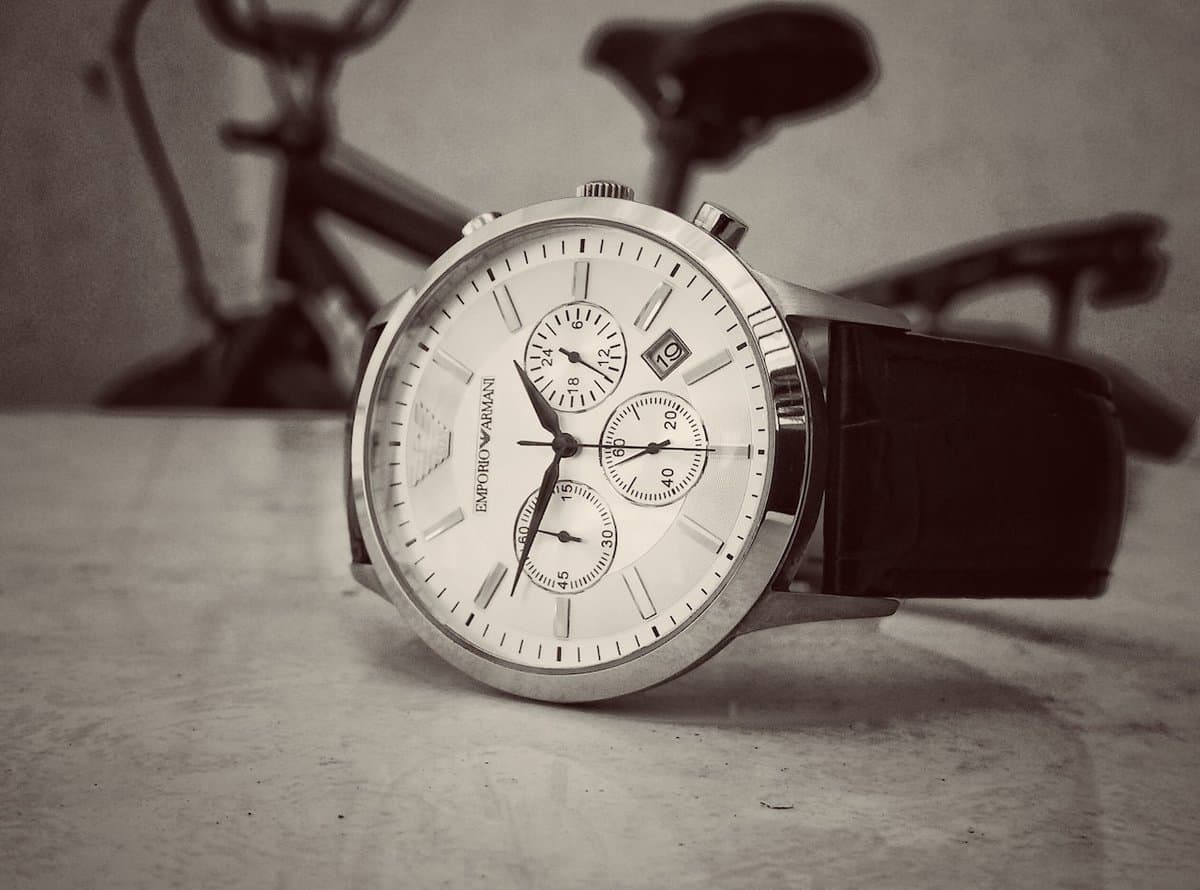
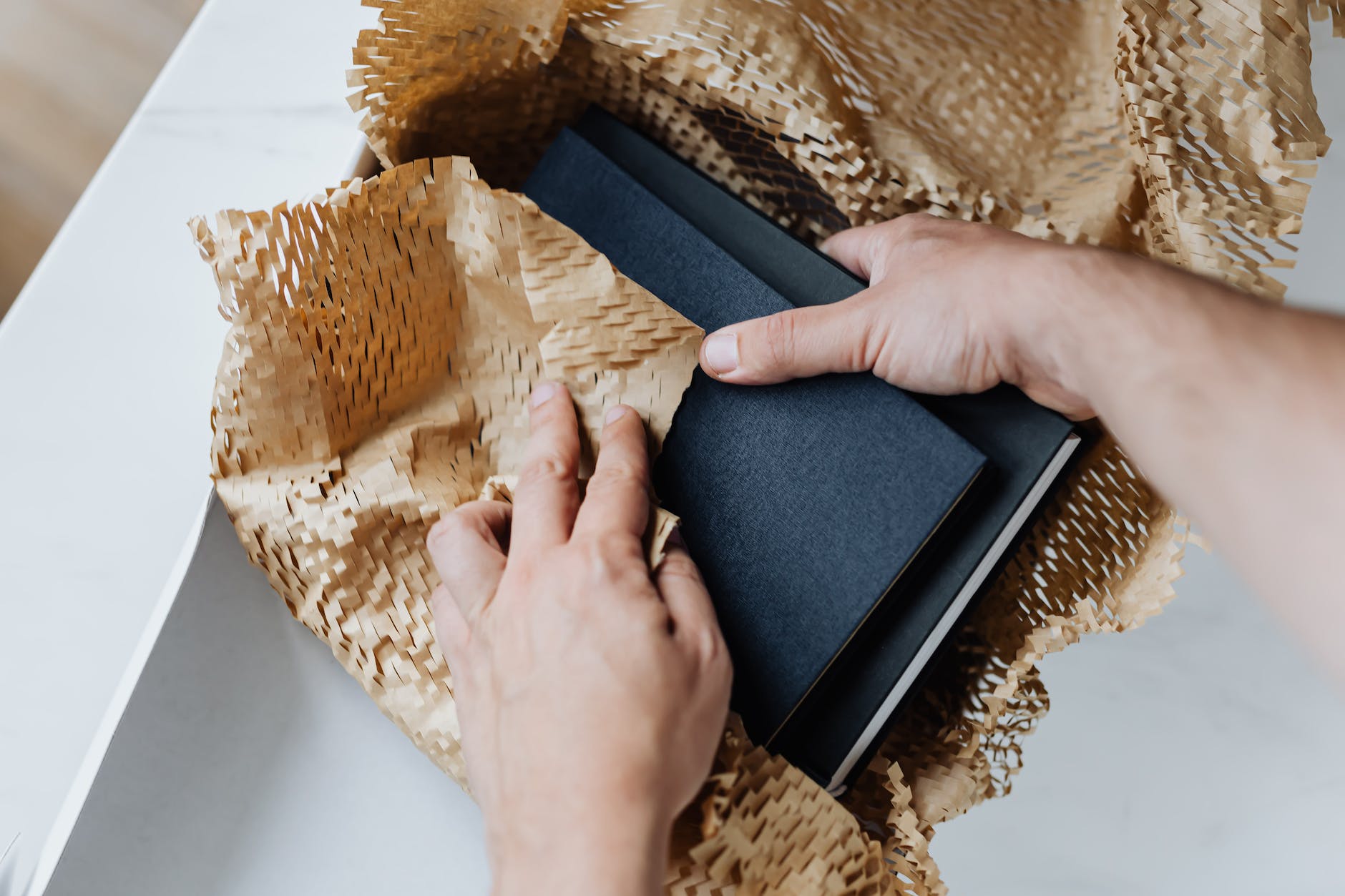
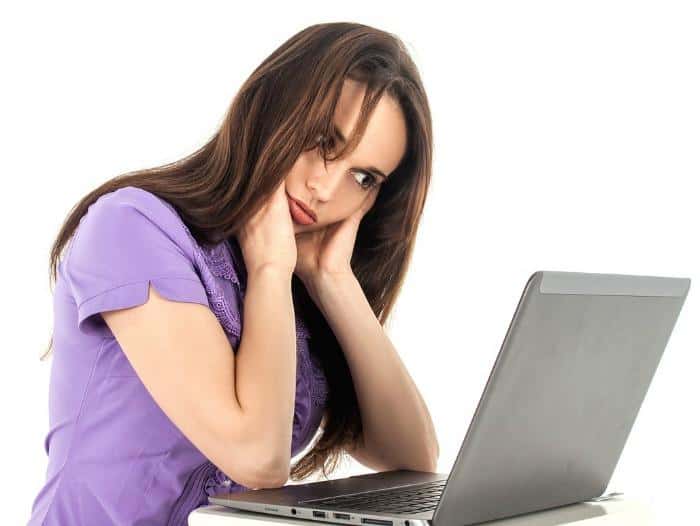
This is an interesting read. I have also made the conscious decision to make my home more plastic free and I started by changing all my food containers to glass. The steps are huge but even the tiniest steps will all contribute to the larger good.
I love this. We try to reduce the plastic we use. It’s still tricky isn’t it when the shops just push so much of it. It really needs the government to change things but they won’t as the industry is worth billions.